Winkles for Tea
Can you see the mistake? There actually aren't any winkles (Littorina littorea) on my dinner plate, these are mostly topshells with a hidden whelk or two. Topshells and whelks are also edible. Winkles, also known as common perwinkles have been eaten for thousands of years by humans. They're an abundant univalve (they have no hinge like mussels, clams or oysters) that live on the foreshore. They are usually the shell fish living highest up on the shore, so are often the easiest to forage all year round, regardless whether it's a big tide or not.
Topshells
Topshells are known to live in the intertidal zone (the area between the high and low tide), though they too are found in shallow pools on the foreshore. The easiest way to tell a topshell is by their mother-of-pearl lining - turn it over and you'll see their jewel-like rim. Many topshells also have a zig-zag pattern on them, as in the image below.
Winkles, Common Periwinkles, edible Winkle
Winkles are simpler. Their colouring is plain, often looking black when wet and these are the traditional sea snail that is associated as food. They have a simple white lining and are known by any of the names above. Traditions aside, all sea snails can be eaten it's just that winkles are thought to have the best flavour. It just depends on which you'd like to eat, where you are and what's available - I was looking for winkles one day and could only find topshells, so my dinner menu was decided upon. It's generally easier to find them on rocky shores rather than sandy beaches.
How to prepare and eat winkles or topshells
Winkles or topshells can be a simple snack that you can linger on. Easy to pick and cook, though they require a little attention to eat. It's a good habit to pay attention when eating - use it as a mindful exercise if you like.
Unlike bivalves, these univalves aren't filter feeders, so are generally safer to eat. They live off a diet of seaweeds and you'll expect to find them on beaches with lots of wrack seaweeds growing - I digress. It's still preferable to purge them though; rinse them in fresh water a couple of times and leave them to soak for 3-4 hours and no more than 12 hours. Ideally in salted water - 35 g sea salt to 1 litre of water, 7 g sea salt to 200 ml of water, ecetera.
Topshells and winkles only need to be cooked for 4-5 minutes, then eaten with a pin. Yes, a pin! The flesh is sealed in with a small disc which you can flick out with the pin then hook out the flesh. Easy! It just takes time, and is worth lingering on (see the flesh in the image below) - slow, local food at its best.
Winkle, Perwinkle or Topshell Recipe
You can just simmer the shells then dip the cooked flesh in garlic butter, or here I've simmered them in white wine with some seasoning. It was delicious and lots of sauce to soak up with chunks of bread afterwards. Here's my easy recipe.
Ingredients
- Onions or shallots
- White wine
- Rock Samphire, or other wild herbs such as sorrel
- Sea salt and pepper
- Pinch of ground seaweed (I used bladder wrack)
- Sea snails of your choice (purged)
Chop and fry the onion over a medium heat until translucent. Add the wine and bring to a simmer, add the chopped herbs and seasoning, then the sea snails. There should be enough wine to cover the snails once they're added. Simmer for 4-5 minutes then take off the heat and eat, with a pin and chunks of fresh bread.
I am available to lead private forays where you can choose the content - such as shellfish. I've led a couple of shellfish based private forays this year for those wanting a little more of a meaty cook up. Wracks, the diet of these sea snails, are some of the seaweeds that I teach on my seaweed foraging courses too.
The two wild herbs I mentioned in the recipe - Rock samphire and Sorrel are covered on many of my general foraging courses, and are also both in my wild food foraging book. Enjoy.
One comment on “Winkles for Tea”
Leave a Reply
Tags: coastal wild food, edible sea snails, littorina littorea, periwinkles, seashore foraging, whellks, winkles, wracks
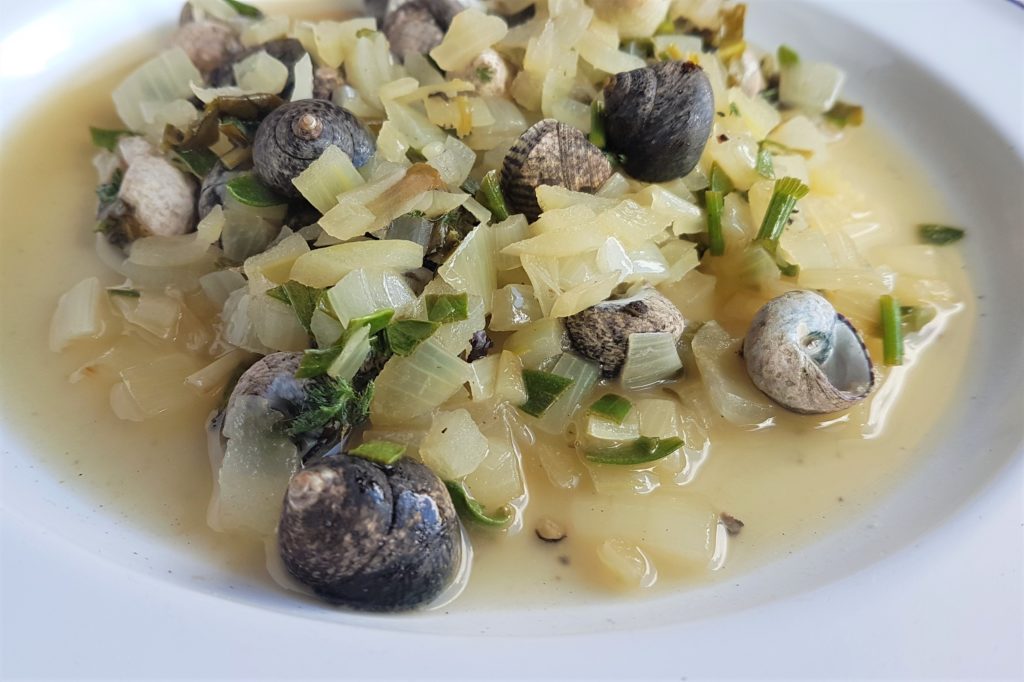


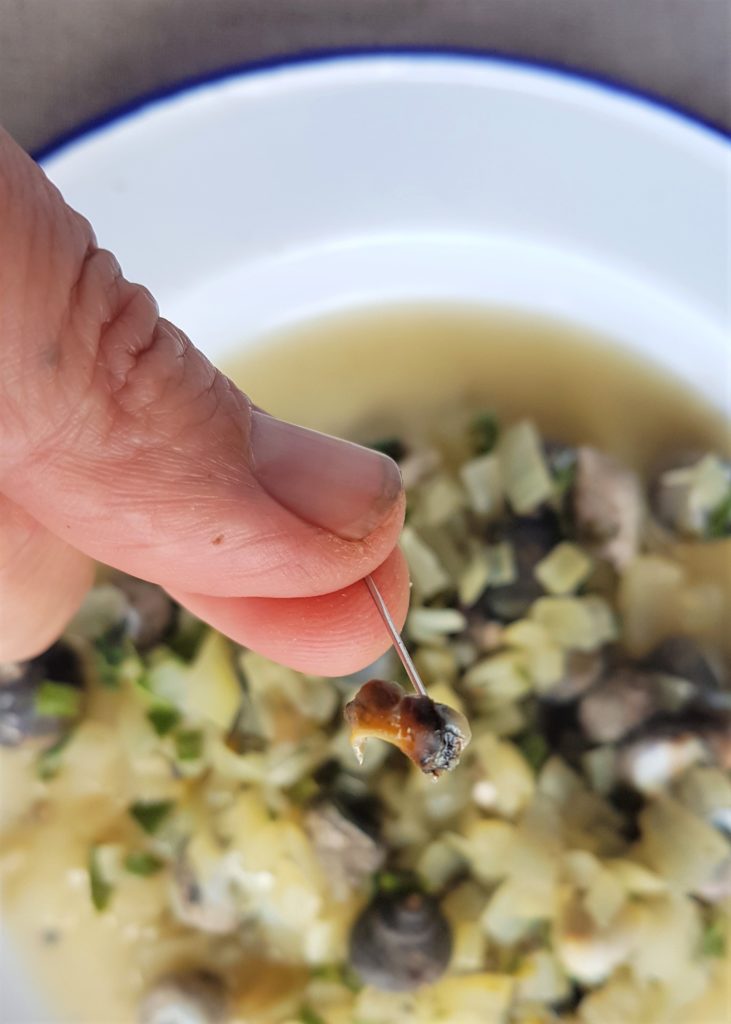


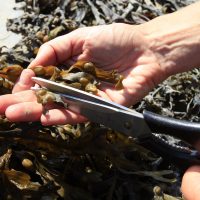
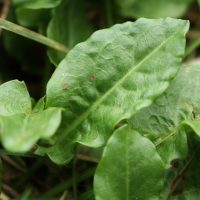

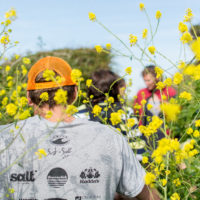
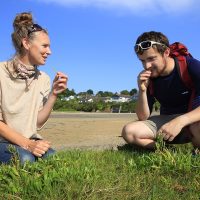
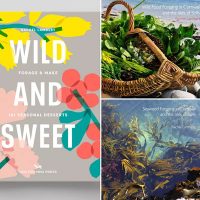
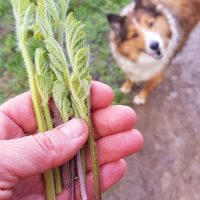
thank you for making this article very useful and keep up the good work